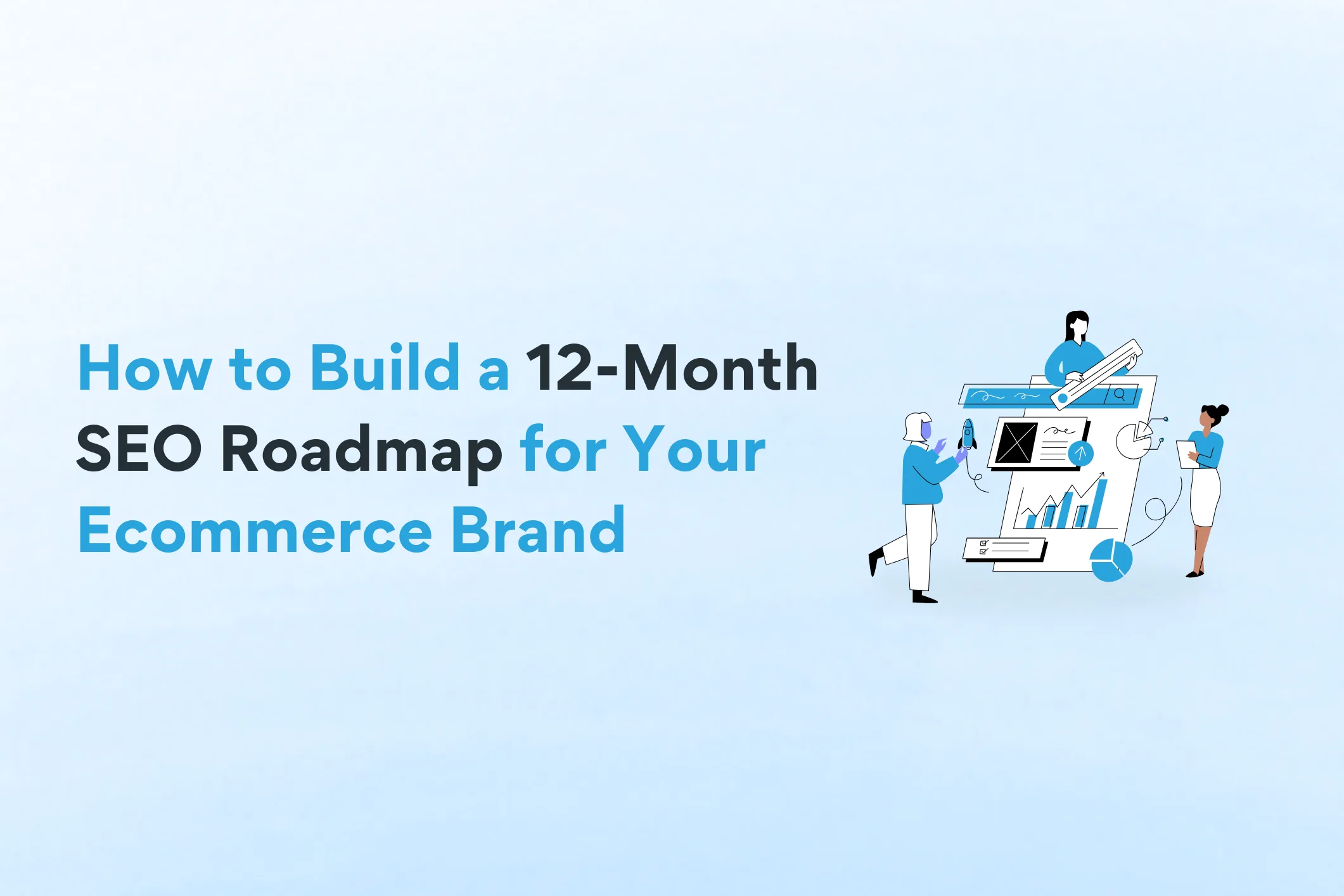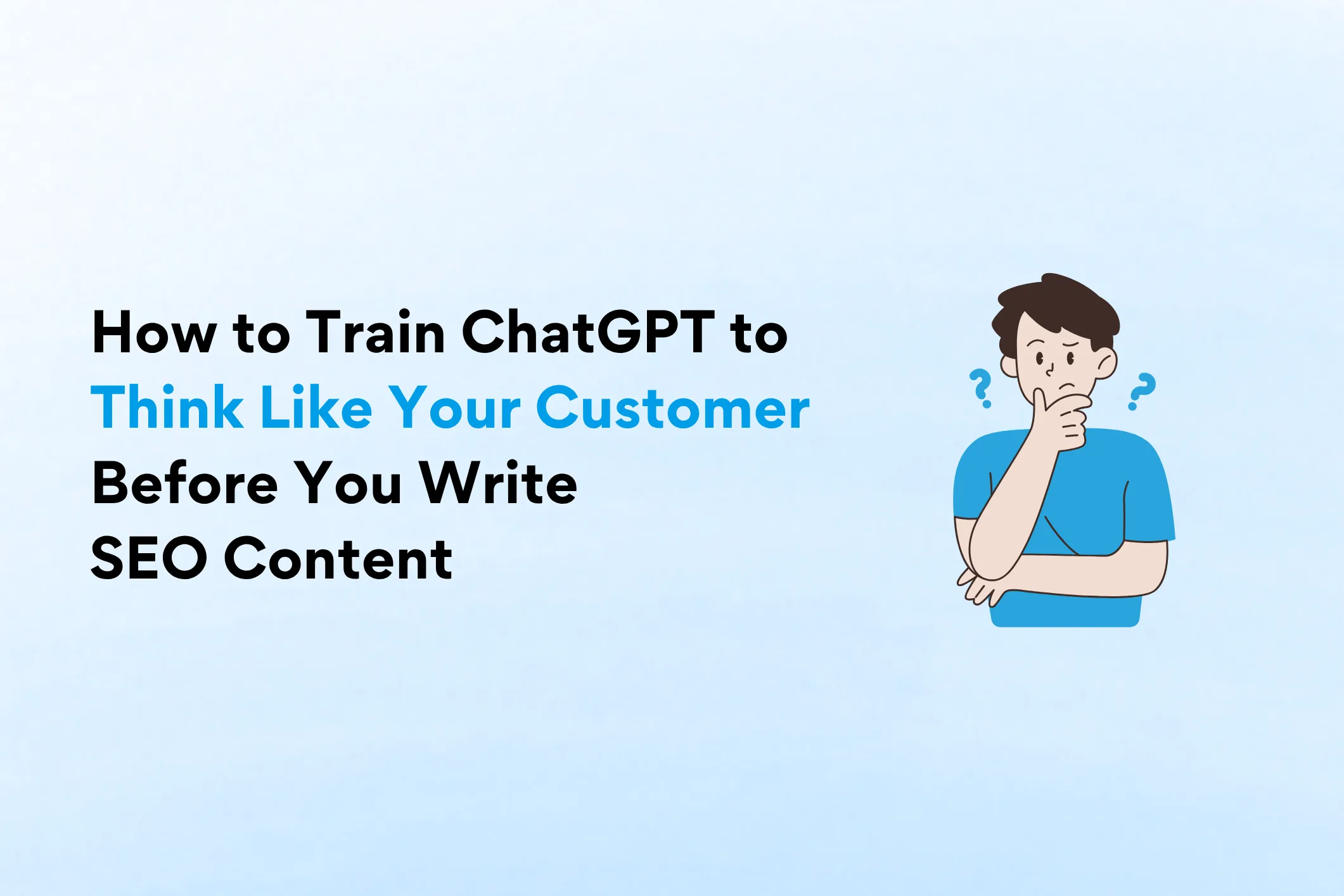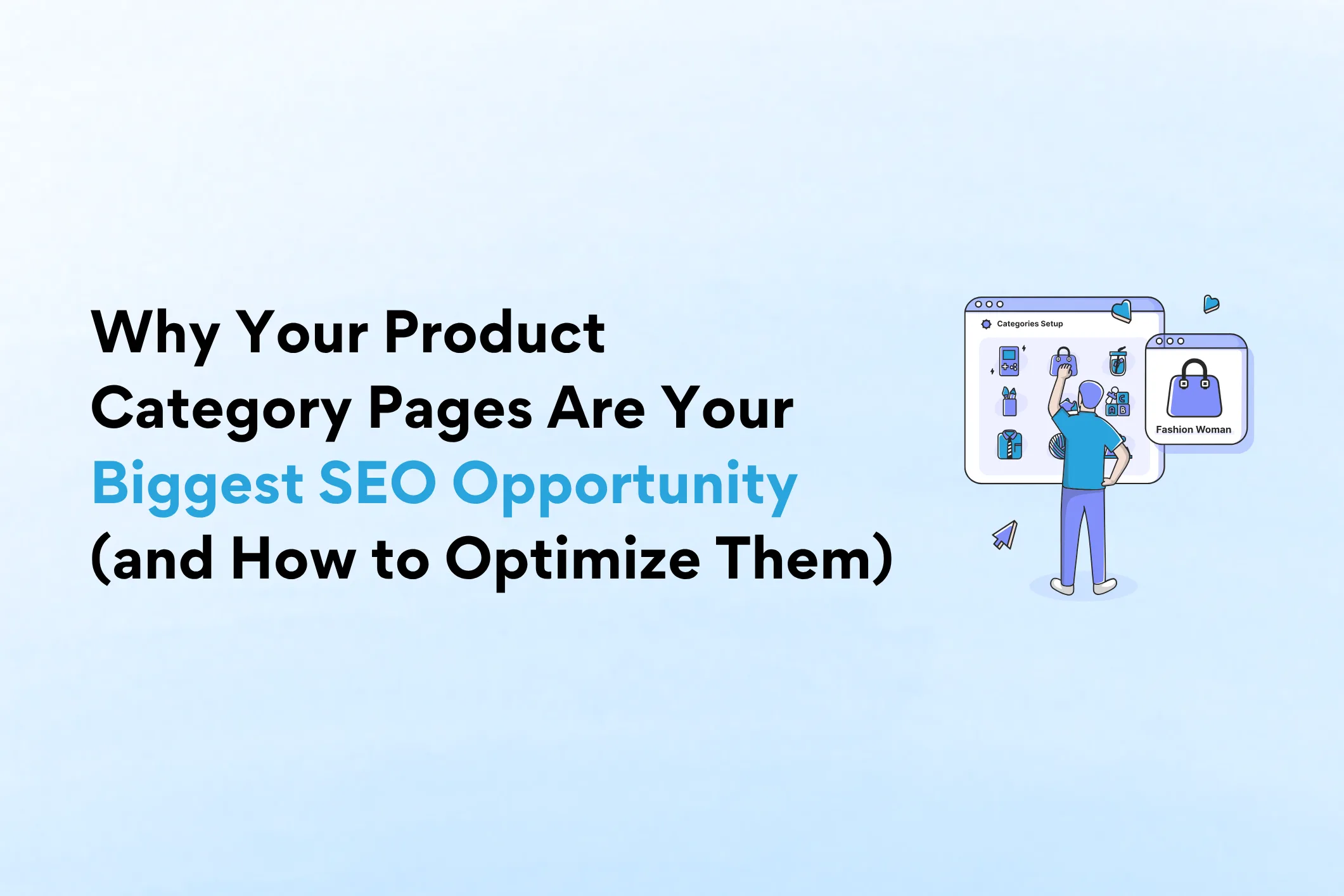If your ecommerce brand is heavily dependent on paid media, you’ve likely felt the pressure. With rising acquisition costs, unpredictable platform changes, and attribution chaos, it’s getting harder (and more expensive) to sustain profitable growth. The brands that break through this ceiling aren’t just scaling ad spend; they’re building a resilient foundation for long-term growth, and SEO is at the center of that strategy.
But SEO success doesn’t come from random blog posts, plugin hacks, or chasing Google updates. It comes from having a plan, specifically, a structured, business-aligned roadmap that compounds over time. This guide outlines a 12-month SEO roadmap designed specifically for ecommerce companies doing $1M–$10M in annual revenue—brands that need to diversify traffic, improve margin, and increase visibility across every stage of the customer journey.
Let’s break down what that looks like month by month.
Why Ecommerce Brands Need a Strategic SEO Roadmap
Most ecommerce operators understand SEO is important, but few treat it like a growth engine. More often, it’s approached reactively… fixing a slow site, writing a blog here or there, optimizing a product page when someone complains. That fragmented approach leads to wasted time, unclear ROI, and inconsistent traction.
A strategic SEO roadmap solves that by aligning every optimization, every piece of content, and every measurement with broader business outcomes… like acquiring new customers, improving CAC: LTV ratios, supporting product launches, and expanding market share.
Here’s why a 12-month plan is essential:
Paid media is increasingly volatile. CPMs and CPCs are rising… Meta CPMs were up 38% YoY in 2024 (Varos). Brands that rely solely on ads are at the mercy of algorithmic changes and auction dynamics.
SEO drives compounding returns. A single, well-ranking blog post can drive traffic and sales for months or even years, at no additional cost.
“One-off SEO” wastes budget. Without a roadmap, efforts get spread thin and fail to produce traction. Prioritization and sequencing matter.
Internal alignment is easier with a plan. When your SEO roadmap ties directly into merchandising calendars, content themes, and revenue targets, it’s far easier to get buy-in from leadership, product, and creative teams.
If you’re serious about building brand visibility beyond paid media, a structured SEO strategy isn’t optional – it’s foundational.
Months 1-2: Run a Deep SEO Audit
You can’t scale what’s broken. The first step in building an effective SEO program is understanding where you stand – technically, structurally, and competitively. This isn’t just about checking a few meta tags. You need a complete picture of how your site is performing across four core areas: technical, on-page, content, and backlinks.
Here’s what to evaluate:
Technical SEO: Run a crawl using Screaming Frog or Sitebulb. Look for broken links, slow load times, redirect chains, orphaned pages, and Core Web Vitals issues. Fixing these can immediately unlock crawl efficiency and improve user experience.
On-page SEO: Review title tags, H1s, internal linking, image alt text, and content structure. Are key pages clearly communicating relevance to both users and search engines? Are you optimizing for primary and secondary intents?
Content Audit: Identify thin, outdated, or redundant content across blogs, product pages, and collection pages. Use Search Console to find pages that get impressions but no clicks—these often just need minor tweaks to drive performance.
Backlink Profile: Use Ahrefs or SEMrush to evaluate your link equity. Identify any toxic links to disavow and benchmark your domain authority against top competitors in your niche.
This audit sets the stage for everything that follows. Without it, you’re making guesses. With it, you’re building on a solid foundation.
Months 3-5: Build a Keyword Strategy and Content Map
Once your site is technically sound, it’s time to plan how you’ll win in search. This phase is where ecommerce brands often go wrong. They either over-prioritize high-volume, high-competition keywords or create content that doesn’t align with buyer intent.
Your goal here is to build a keyword strategy that mirrors the buyer journey and a content map that supports it with precision.
Your process should look like this:
Segment keywords by funnel stage.
- TOFU: Educational content (“how to choose a cooler for elk hunting”)
- MOFU: Evaluation and comparison (“Cordova vs Yeti for backcountry”)
- BOFU: Transactional or branded (“buy Cordova 88qt cooler”)
Map keywords to intent-aligned pages.
- BOFU → Product & collection pages
- MOFU → Buying guides, comparison articles
- TOFU → Blog posts, FAQs, explainer content
Target “easy win” keywords.
These are terms where you already rank on page 2 or 3 and can move to page 1 with targeted optimization or fresh supporting content.
Prioritize long-tail and question-based content.
These keywords convert better and often appear in People Also Ask boxes and AI Overviews – two areas that are increasingly stealing organic clicks.
A clear keyword-to-content map gives your team direction, helps avoid duplicate efforts, and ensures your content engine is driving the business… not just traffic.
Months 6-9: Build and Optimize High-Impact Pages
This is your execution phase when planning turns into publishable, revenue-generating assets. At this point, you’ve audited your foundation, mapped keywords to pages, and built a backlog of strategic content opportunities. Now it’s time to execute.
Start with your highest-impact pages:
Product listing (collection) pages: These are often under-optimized but represent a huge opportunity. Add 150–250 words of unique content above or below the product grid. Include internal links to key products and supporting blog content. Focus on search-friendly copy that answers buyer intent, not just filler text.
Product detail pages: Beyond SEO, your PDPs are critical for conversion. Optimize title tags and H1s with commercial keywords, include structured content like features/benefits tables, and ensure your reviews, FAQs, and specs are crawlable and indexable, not hidden in JavaScript.
Schema implementation: Add structured data (product, review, FAQ, breadcrumb) to qualify for rich snippets in the SERP. These drive higher CTRs and better communicate your page’s relevance to search engines.
Cornerstone content: Publish long-form blog posts or buying guides that serve as topical anchors for your site. These should attract backlinks, rank for TOFU and MOFU queries, and support internal linking across related pages.
This is where real SEO ROI starts to kick in – when optimizations are visible, measurable, and built to scale.
Months 10-12: Analyze, Iterate, and Scale What’s Working
The final phase of your 12-month roadmap is about optimization, iteration, and scale. You’ve deployed foundational changes, produced high-quality content, and executed on the technical basics. Now, your focus shifts to what’s actually performing—and how to double down on it.
Here’s how to extract maximum value from your efforts:
Analyze performance trends: Use Google Search Console, GA4, and Looker Studio to track organic sessions, top-performing landing pages, keyword movement, CTR, bounce rate, and revenue from organic traffic. Layer on tools like Ahrefs or Semrush for deeper keyword insights.
Repurpose and expand winning content: If a blog post is ranking well, update it with fresh stats, embed a video, or break it into multiple pieces of content for social or email. If a product page is driving traffic but low on conversions, test different CTAs or add UGC.
Improve internal linking: Revisit your content clusters and link structure. Can you build stronger bridges from top traffic blogs to high-margin products? Are you leveraging contextual links to support underperforming pages?
Prune underperforming content: Remove or redirect thin, low-traffic pages that don’t contribute to your goals. This can improve site quality in Google’s eyes and boost crawl efficiency.
Plan your next 12 months: Use what you’ve learned to refine your roadmap. Double down on content types, topics, and page formats that work. Layer in new product launches, seasonal opportunities, and shifts in user behavior.
SEO isn’t one-and-done… It’s a growth engine. Treat it that way, and it will continue to deliver.
Strategic SEO Is a Multiplier for Ecommerce Brands
If your brand is doing six to seven figures in annual revenue and you’re looking to get to the next level, SEO might be the most under-leveraged asset in your growth stack. It compounds, scales, and doesn’t stop delivering when ad budgets get cut or platform algorithms shift.
But the key to winning isn’t just “doing SEO” – it’s having a system. This 12-month roadmap gives you that system. It helps you break through plateaus, drive profitable traffic at scale, and build an organic footprint that becomes more valuable with time.
If you’re ready to grow beyond dependency on paid traffic and build a more resilient ecommerce brand, this is where you start.
Greg is a digital marketing strategist, ecommerce owner, e-commerce marketing agency owner, and recognized leader in the D2C industry.
With 18 years of experience working with small, medium, and large organizations, Greg knows how to build and execute marketing strategies that drive growth.



